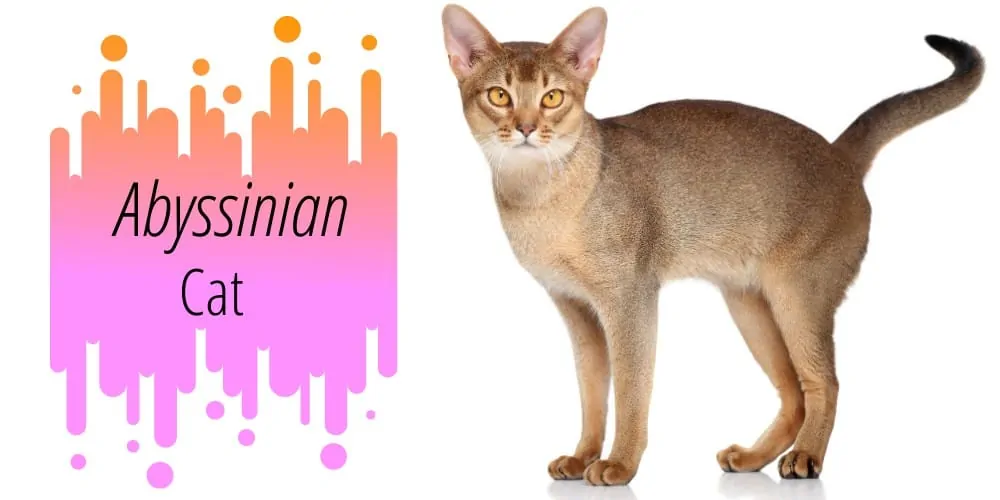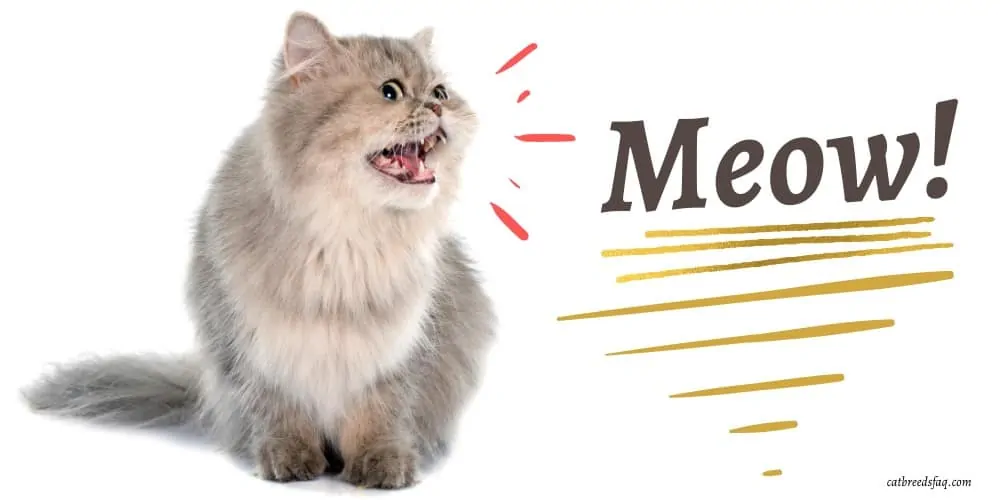With their wildcat looks and affectionate personalities, Bengal cats have become one of the most popular breeds among cat enthusiasts. Their exotic coat markings and playful nature make them a joy to have as pets.
Though Bengals resemble their wild Asian Leopard Cat ancestors, selective breeding has produced a domestic cat that thrives as a family pet.
Let’s explore the unique history, characteristics, and care needs of the Bengal cat breed.
📜 History and Origin of Bengal Cats 📜

The Early Years: Breeding and Recognition
The Bengal breed originated from crosses between domestic cats and Asian Leopard Cats by American breeder Jean Mill in the 1960s and 70s.
The goal was to breed a cat with an exotic look but a domestic temperament instead of using wild cats for their fur.
Taking the breed to the next level, Dr. Willard Centerwall, another dedicated Bengal breeder, meticulously developed the breed’s standards.
He achieved a milestone by registering the first Bengal cats with The International Cat Association (TICA) in 1983.
Following this, TICA not only accepted Bengals as a new breed the same year but also officially sanctioned them for competition in 1991.
Meanwhile, other prestigious cat registries, such as the Cat Fanciers’ Association (CFA), extended their recognition to the Bengal breed during the 1990s.
Generational Classification and Current Popularity
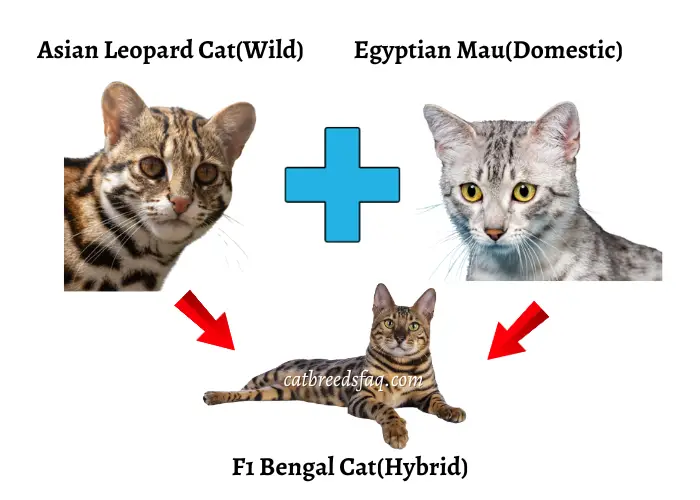
Regarding generational classification, Bengal cats are categorized from F1 to F5, reflecting their genetic proximity to the original Asian Leopard Cat crossing.
- F1 Bengals: First generation, parented by a domestic tomcat and an Asian leopard cat. It’s relatively wild with high energy levels.
- F2 Bengals: Slightly more tame than F1s but still require an adjustment period for novice owners.
- F3 Bengals: More similar to regular domestic cats than F1 and F2 Bengals.
- F4 Bengals: Considered more domesticated than earlier generations.
- F5 Bengals: Display fewer wild attributes and resemble regular domestic cats in temperament and appearance.
This successful blending of wild aesthetics and domestic compatibility has catapulted the Bengal into one of the most popular pedigreed cats in the United States today.
🐅 Physical Characteristics 🐅
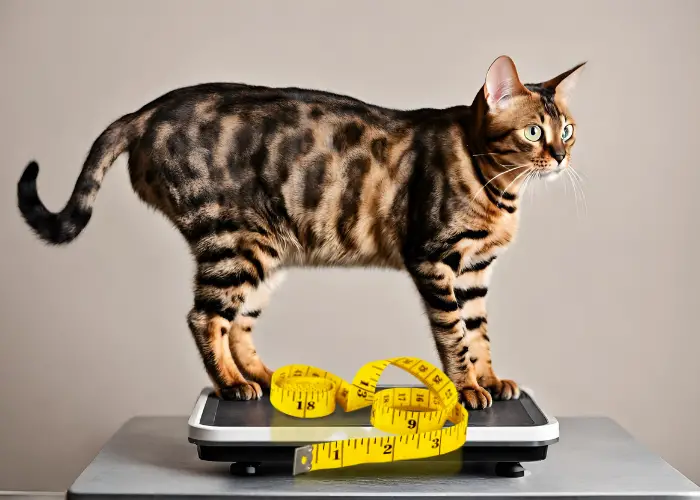
| Physical Characteristics | Description |
|---|---|
| Body | Sleek, muscular body that is slightly longer than it is tall. |
| Weight | Males weigh 10-15 pounds on average, and females 8-12 pounds. |
| Coat Patterns | Comes in two main patterns: Spotted and Marbled. |
| – Spotted | Can be small or large, randomly scattered or aligned horizontally. |
| – Marbled | Swirled markings resembling paint strokes. |
| Glitter Gene | It makes their coats shimmer and sparkle under light. |
| Colors | Various colors like brown, snow, blue, and silver. |
| – Brown | Golden or orange tones in their spotted or marbled patterns. |
| – Snow | White or cream-colored coat with grey or rusty brown markings. |
| – Blue | Light grey base coat with blue-grey patterns. |
| – Silver | Almost white base coat with black or grey markings. |
🎭 Temperament & Personality 🎭
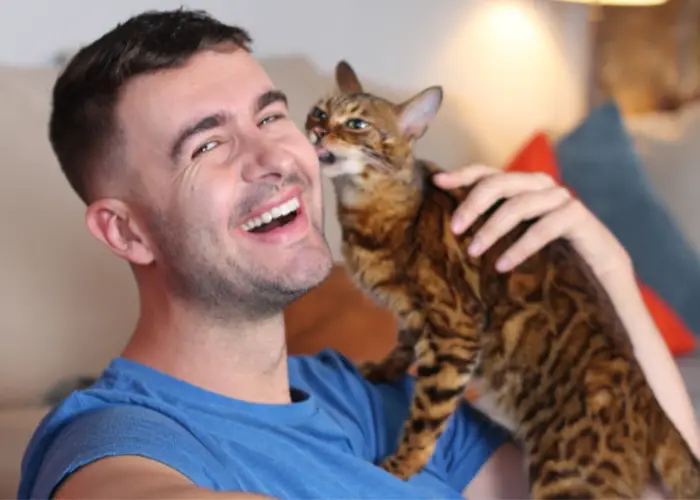
Bengals are known for their vibrant personalities and unique behaviors:
- Intelligence: Highly intelligent and curious.
- Energy Level: Energetic, requiring lots of physical and mental stimulation.
- Dog-Like Traits: Often described as “dog-like” for their loyal, affectionate nature and trainability.
- Human Interaction: Actively seek human attention and love interactive play.
- Unique Behaviors:
- Enjoy playing fetch, learning tricks, and even walking on a leash and harness.
- Agile jumpers and climbers, often perching on high shelves.
- Love water play and can be trained to enjoy baths.
- Family Compatibility: Make wonderful family pets with early socialization and training.
- Household Fit: Not ideal for quieter, low-energy households due to their activity needs.
🏥 Health and Wellness 🏥
![]()
Like all pedigreed cats, Bengals are prone to specific hereditary health issues. Here’s what potential Bengal cat owners should be aware of:
- Cardiac Concerns:
- Hypertrophic Cardiomyopathy (HCM) can lead to heart failure.
- A cardiologist should screen all breeding Bengals.
- Vision Issues:
- Progressive Retinal Atrophy (PRA) causes retina degeneration, leading to vision loss.
- Reputable breeders test for the PRA-b gene mutation.
- Blood Disorders:
- PK Deficiency can cause anemia and immune disorders.
- DNA tests are available to identify carriers.
- Joint Problems:
- Patella Luxation, more common in active, agile breeds, involves dislocated kneecaps.
- Hip Dysplasia involves malformed hip sockets.
- X-rays are used for screening.
- Dietary Needs:
- Bengals are obligate carnivores requiring a high-protein, low-carbohydrate diet.
- Most commercial cat foods do not meet their nutritional needs.
- A raw or homemade diet with plenty of meat is ideal.
- Taurine supplements may also be beneficial.
- Weight Management:
- Staying lean and active helps avoid obesity-related illnesses.
- Veterinary Care:
- Responsible breeders perform genetic testing and veterinary screens.
- New pet owners should budget for potential veterinary care.
🕰️ Lifespan 🕰️
![]()
Bengal cats typically have a lifespan of 12 to 16 years. However, with proper care, some Bengals have been known to live up to 18 years.
Regular veterinary check-ups, a balanced diet, and an active lifestyle can contribute to a Bengal cat’s longevity.
🛠️ Care and Maintenance 🛠️
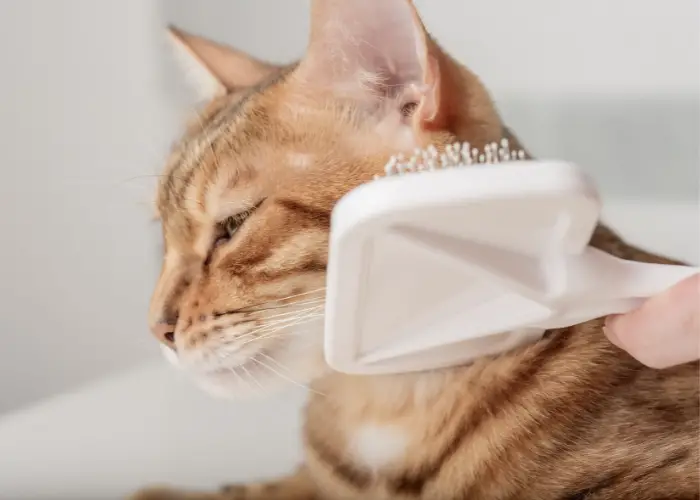
Taking care of a Bengal cat involves a multi-faceted approach to ensure they stay healthy and happy:
- Grooming:
- Short, fine coat that requires minimal grooming.
- Weekly brushing to remove loose hair and distribute skin oils.
- Baths are rarely needed.
- Exercise and Play:
- Require a lot of interactive play and exercise daily.
- Puzzle feeders, treat balls, cat towers, and scratching posts are recommended.
- Can learn to walk on a leash and harness with positive training.
- Outdoor Access:
- A securely fenced yard or outdoor enclosure allows for safe outdoor exploration.
- Mental Stimulation:
- Thrive when their intelligence is challenged.
- Clicker training, food puzzles, and new experiences are beneficial.
- Toys and Engagement:
- Puzzle toys and rotating novel toys keep them engaged.
- Enjoy learning tricks and playing fetch.
- Handling and Socialization:
- They can learn to enjoy handling, brushing, and nail trims with patience and positive reinforcement.
- Early socialization and training prevent behavior issues.
- Companionship:
- Bengals left alone frequently may develop destructive behaviors.
- Providing companionship prevents boredom and loneliness.
📊 Scientific Studies on Bengal Cats 📊
A study published in 2020 explored the behavior and health issues in Bengal cats as perceived by their owners.
The study included questions about their decision to own a Bengal cat, the cat demographics and living environment, potential undesirable behaviors, and health issues.
📜 Legal Considerations 📜
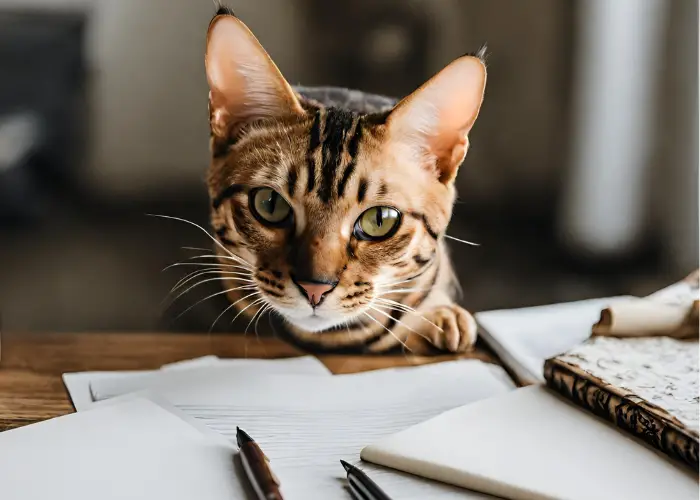
Due to their wildcat ancestry, some U.S. states restrict owning Bengal cats.
For example, Massachusetts prohibits ownership of first through fourth-generation Bengals.
Other areas may require permits, licenses, or proof of sterilization. Be sure to check local regulations before bringing one home.
💰 Adoption and Purchasing Considerations 💰

When considering bringing a Bengal cat into your home, there are several financial and logistical factors to keep in mind:
- Price Range:
- Bengal kittens from reputable breeders range from $1000 to $2500.
- Adoption fees for adult Bengals are usually lower, around $100 to $500.
- Health Clearances:
- Always ask to see health clearances and registration paperwork.
- Inquire about health guarantees.
- Nutritional Needs:
- Unique nutritional and veterinary needs make Bengals more expensive than the average house cat.
- Budgeting $ 1,000 to $ 2,000 annually for food, supplies, routine vet care, pet insurance, and emergencies is realistic.
- Commitment:
- Exotic cat ownership is a long-term commitment that requires specialized care.
- Local Regulations:
- Check local laws and regulations regarding Bengal cat ownership.
- Some areas may require permits, licenses, or proof of sterilization.
🌟 Interesting Facts About Bengal Cats 🌟
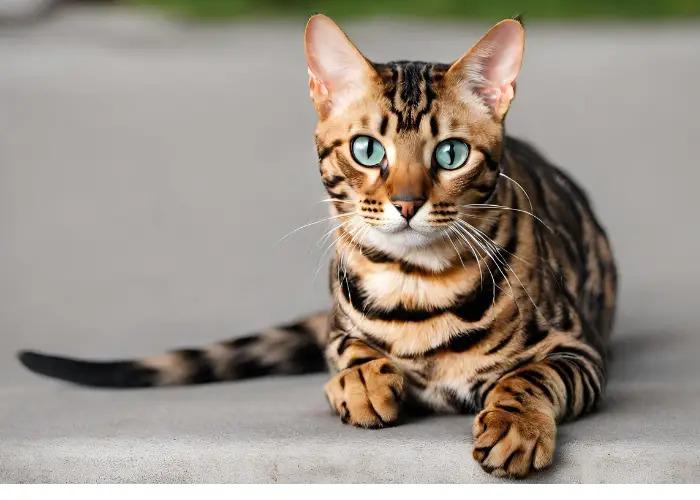
- Asian Leopard Cat Ancestry: Bengal cats have wild Asian Leopard Cat (ALC) in their lineage, giving them their unique appearance.
- Water Lovers: Unlike most cats, Bengals often love water and may even join their owners in the shower or play in a sink.
- Dog-Like Behavior: Bengals are known for their dog-like behaviors, such as playing fetch and walking on a leash.
- Glittery Coat: The “glitter gene” gives some Bengals a shimmering coat that looks like it has been sprinkled with glitter.
- High Energy Levels: Bengals are active and playful, requiring lots of stimulation and exercise.
- Vocal Cats: They are known to be quite vocal and can have a range of different meows to communicate with their owners.
- Unique Markings: The coat of a Bengal cat can have spots, marbles, or even a combination of both, with a range of colors and patterns.
- Love for Heights: Bengals love to climb and often seek out high vantage points in their home.
- Intelligence: They are highly-intelligent and can learn tricks and commands similar to dogs.
- Loyal Companions: Despite their wild appearance, Bengals are known to be loving and loyal companions.
🎉 Conclusion 🎉
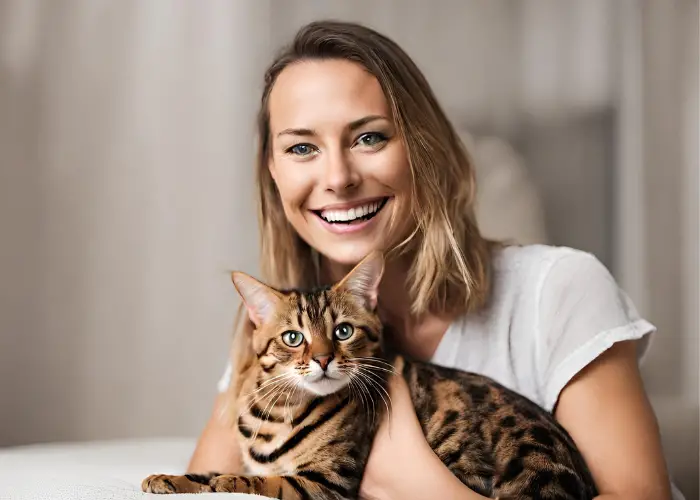
For the right owner, Bengal cats make marvelous pets. Their affectionate nature and playful antics bring joy to households.
Yet their active needs and veterinary costs make them challenging. Bengal cats thrive best in homes committed to their specialized care.
To learn more about finding a Bengal cat, visit a breeder, shelter, or rescue group.
Discover why the Bengal has become one of the most popular pedigreed cats today!
Bengal Cat Breed Additional Resources
- Catit Design Senses Play Circuit– Top-rated activity center for agile Bengal cats
- Cleanpethome Self Cleaning Cat Litter Box – Automatic self-cleaning litter box ideal for Bengal cats
- Ziwi Peak Air-Dried Cat Food– Single-ingredient raw cat food meets Bengal’s dietary needs
📚 References 📚
- UC Davis Veterinary Genetics Laboratory. (2023). Bengal. https://vgl.ucdavis.edu/breed/bengal
- Wikipedia. (2023). Bengal cat. https://en.wikipedia.org/wiki/Bengal_cat

